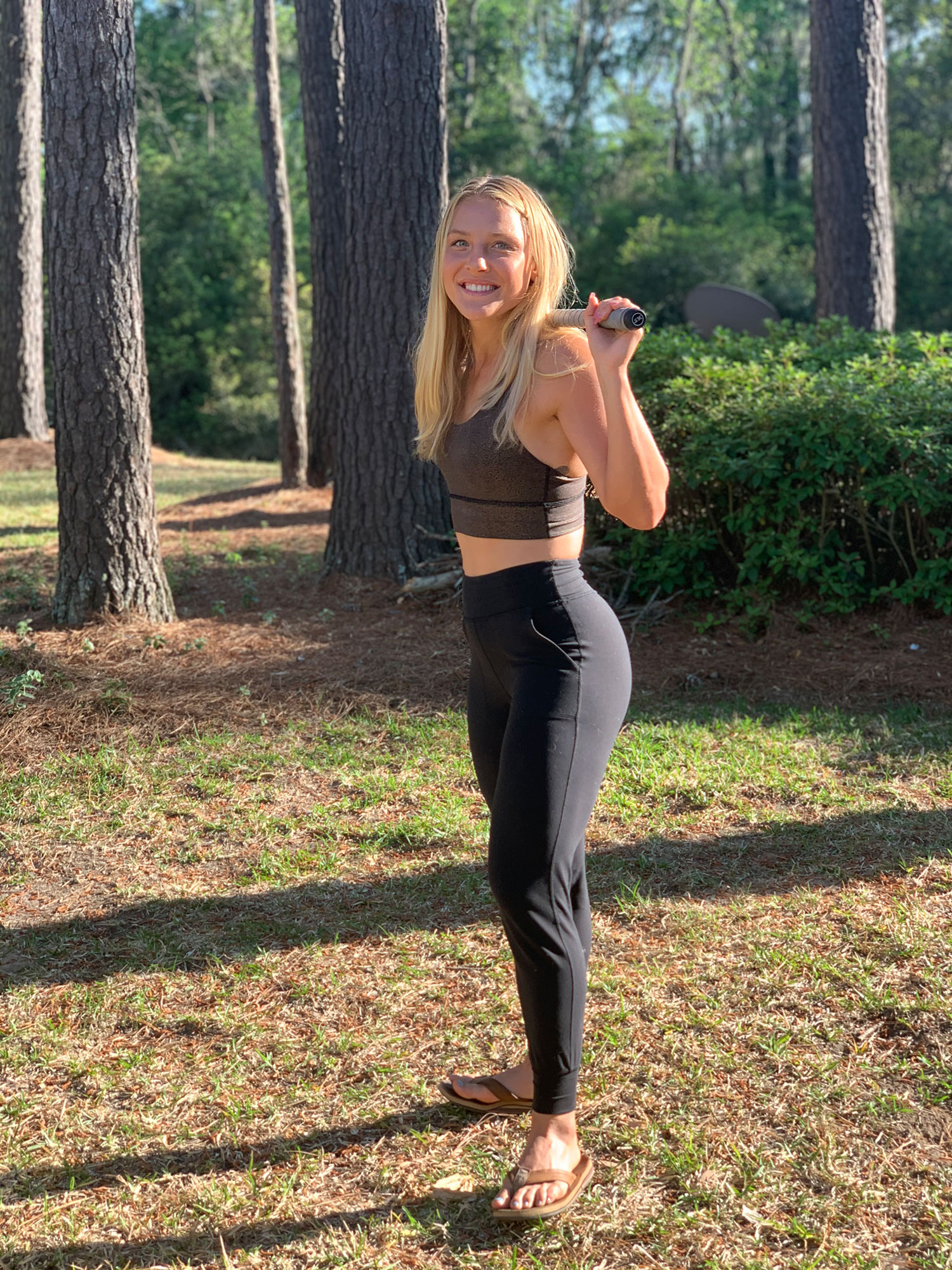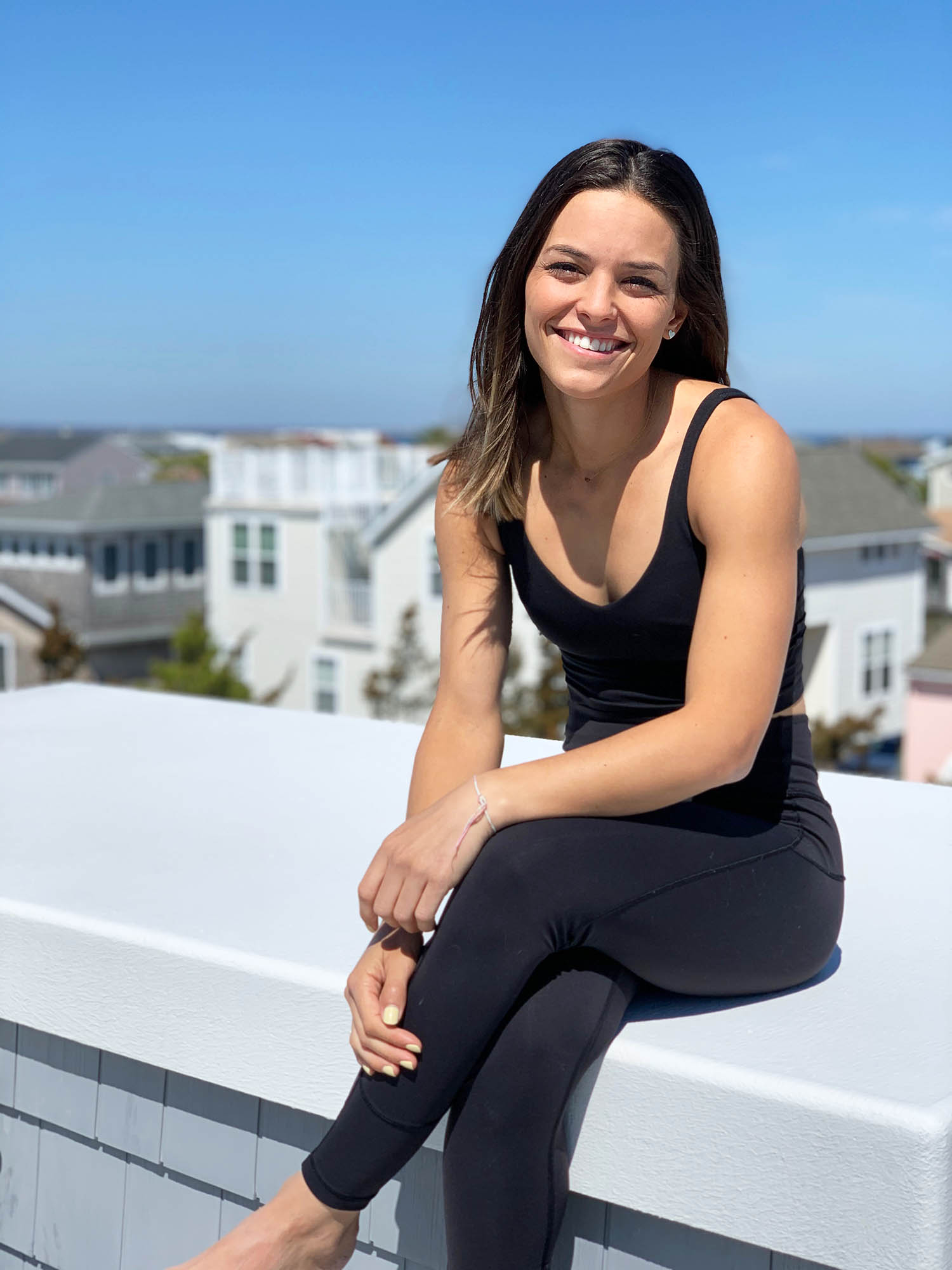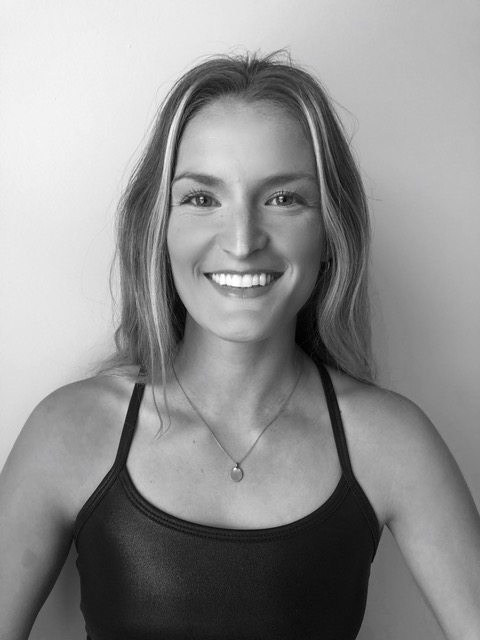Ashley Hoffman, Amanda Magadan and Lauren Moyer leading field hockey players reveals their new venture “Uncommon”
Uncommon is a field hockey coaching group created and managed by three current U.S Women’s National Field Hockey Team players. They saw the need for accessible resources for all skill levels and genders to take their game to the next level. Ashley Hoffman, Amanda Magadan and Lauren Moyer are cofounders of “the Uncommon”. Online presence is at https://www.becomeuncommon.com/
Ashley Hoffman

Ashley Hoffman is an American women’s field hockey player. Hoffman was raised to the United States national team in 2017, following success in the national junior team.
Hoffman first represented the United States junior national team in 2014 at a qualifying even for the 2014 Youth Olympic Games in Montevideo, Uruguay. In 2016, Hoffman once again represented the junior national team at the 2016 Junior Pan American Cup and 2016 Junior World Cup.
Hoffman made her debut for the United States senior team in March 2017 in a test series against New Zealand in Christchurch, New Zealand.
Hoffman was a member of the bronze medal winning team at the 2017 Women’s Pan American Cup and also Pan American Games 2019. Named to the U.S. Women’s National Team 2020. Her mother Brenda Hoffman is a Los Angeles 1984 Olympic Bronze Medalist.
Ashley is serving as current captain of the US Women’s National Team where her primary position is defensive screen. Prior to joining the national team, she attended the University of North Carolina where she became a two time All-American, the 2019 Honda Award Winner, a 2018 National Champion, and a 3X ACC Champion.
Amanda Magadan
Amanda Magadan is an American women’s field hockey player. Madagan joined the United States national team in 2017, following success in the national junior team. Raised in Randolph, New Jersey, Magadan attended Randolph High School before moving on to Lafayette College.
Magadan first represented the United States junior national team at the 2016 Junior Pan American Cup in Tacarigua, Trinidad and Tobago. From this tournament, the team qualified for the 2016 Junior World Cup, where Madagan also represented the United States.
Magadan was a member of the United States team at the 2017 Pan American Cup. She scored a goal in her team’s historic semi-final defeat against the Chilean team. She was also a member of the United States team at the 2019 Pan America Games in both competitions she won bronze medal. Named to the U.S. Women’s National Team 2020.
Lauren Moyer
Lauren Moyer is an American field hockey player for the American national team. She participated at the 2018 Women’s Hockey World Cup. She began playing Field Hockey since 7th Grade. She was a member of the United States team at the 2017 Pan American Cup. She was also a member of the United States team at the 2019 Pan America Games in both competitions she won bronze medal. Named to the U.S. Women’s National Team 2020.
Women Fitness President Ms. Namita Nayyar catches up with Ashley Hoffman, Amanda Magadan and Lauren Moyer, the leading field hockey players and are co-founders of “the Uncommon” the field hockey coaching group to talk about the secret to success, diet, and exercise routine.
Namita Nayyar:
As professional hockey players, you play for the American national team. Walk us through your individual spectacular journey and tell us how it all began?
Ashley Hoffman:
My field hockey journey started in second grade at my school district’s youth league. I am fortunate to have started playing at a young age because my mom is an Olympian in the sport, so she had a field hockey stick in my hands as soon as possible. I joined a club team in 6th grade and soon after began dreaming of following in her footsteps to play in college and the national team. Going into my freshman year of high school I made the u-17 Junior National Team and went on my first international tour to Vancouver Holland. From there, I stayed in the Olympic Pipeline of USA Field hockey, playing on the U-19 and U-21 Junior National Teams. I got a scholarship to play Field Hockey at the University of North Carolina, which was my dream school, and made the national team my sophomore year of college. I’ve been on the national team now for three years.
Amanda Magadan:

At a young age, my life revolved around sports. Growing up, I went to my brothers’ baseball games and played all the recreational sports in my town. Once I was age-eligible, my dad registered me to join my first travel softball team. The sport of softball took me all over the tri-state area, out to Colorado, down to Florida, and more. Throughout my athletic career, my eyes were set on playing collegiate softball at a division one school and I had dreams of playing for Team USA, on a different stage, as a softball player.
That was all before I picked up a field hockey stick. The summer before ninth grade, I had made up my mind to play field hockey in high school. I loved sports and thought it would be a great way to get to know more people. Next thing I knew, I was juggling club softball, club field hockey, my high school athletics, and academics. After receiving interest from a few schools to play field hockey in college, my mind was made up. I’d pursue field hockey. Compared to softball, the game was far more fast-paced and suited my motor and work ethic, which I felt could outweigh any mistake that I made. Regardless of your position on the field, the sport naturally involves all eleven players and allows you to exert influence over the game. There were endless skills that I wanted to learn.
Lauren Moyer:
I began playing like a lot of girls in U.S in 7th grade. I was really into soccer at the time and used field hockey just as a way to keep myself busy and active between soccer seasons. My sophomore year of high school was when I started to shift my attention solely to field hockey. I stopped playing soccer, joined a hockey club and became involved in Futures which is a development program within USA Field Hockey. I then went on to play at the University of North Carolina for four years and loved absolutely every second of it. During that time I was also playing on the U-19 and then U-21 squads for the U.S. I look back at those four years and realize how much growing I did as a player and person and believe those experiences are what helped me reach the women’s national team.
Namita Nayyar:
Did you always have your eyes set upon becoming a professional athlete since childhood? If not, when did this happen?
Ashley Hoffman:
I had always heard stories of my mom’s success in field hockey, even brought her Olympic Bronze medal into show and tell at my elementary school, so Ive had goals to play in an olympics for as long as I can remember. I think this truly shows the power of representation for women and girls. If young girls see people they can relate to achieving great things, they too will believe they are capable.
Amanda Magadan:
Although, to some degree, I once had aspirations to compete at the professional level, prior to my sophomore year in college, my aim was not to make the Senior Squad for field hockey. Truthfully, I did not know much about the USA pipeline or the route to the USA Women’s Team. This all changed for me, when I made the U21 USA Team in 2014. With credit to my coach at Lafayette College, Jennifer Stone, who encouraged me to attend, I tried out for High Performance the summer following my freshmen year. Beginning with the High Performance team, I continued to make teams and advance through the USA Field Hockey pipeline, ultimately, landing a spot on the U21 WNT coached by Janneke Schopman. It was there, that my development as a hockey player took off and my dreams to further my hockey career were cemented. After three years on the U21 WNT, I was given the opportunity to live out a dream and represent the red, white, and blue on the international stage.
Lauren Moyer:

I’ve always loved playing sports and playing gave me a sense of belonging and pride. I remember watching Mia Hamm and thinking that her life must just be the coolest but I’m not sure I ever said out loud that I wanted to be a professional athlete. I don’t think growing up you ever really think that you’ll have the chance to be a professional athlete even if it’s what you want most. The realization that I could legitimately do this as a profession didn’t cross my mind until college when I was a little closer to it being a reality. It’s been an amazing so far and I’m super lucky to get to play the sport I love as my job.
Namita Nayyar:
Introduce us to a day in your life, each one of you.
Ashley Hoffman:
Routine is a huge part of my life. The consistency keeps me productive and on track, but also instills discipline in ways that you wouldn’t necessarily think would. I am a morning person so I will wake up between 6:30-7am. I set an alarm for the odd chance that I over sleep, but usually am woken up by my dog. I take her for a walk as soon as I get up, quickly followed by a cup of coffee and breakfast. I try to allow myself at least an hour each morning for personal growth where I switch off my phone and self-reflect with the guidance of books, do devotionals, or get in a yoga session. As a full-time athlete the mornings and afternoon, usually from 9am to 4pm are mainly spent at training sessions, in the gym, or in team meetings. Fueling is very important so I always each lunch around 12pm and follow the last training at 4pm with a protein snack that holds me over until dinner around 7pm. I try and finish all my additional work including homework for my MBA, any projects for Become Uncommon, and film for the national team before 8pm so I can wind down for sleep, which usually includes a Netflix episode or two, before I fall asleep around 9:30-10.
Amanda Magadan:
A typical day in my life starts early – waking up around 7:15 am to my dog, Max, wagging his tail and ready to play. After some snuggles with Max and a quick morning mindfulness session in bed, I head downstairs to start my day with a cup of coffee and a bowl of oatmeal (usually topped with blueberries and strawberries along with a dash of cinnamon). This time in the morning is one of my favourite parts of the day. Then, I head back upstairs to get changed and ready for my day before heading out to our facility. Sometimes, in between changing and leaving, I’ll sneak in a walk with Max. As I arrive in the locker room, I’ll give a one-for-all ‘good morning’ greeting before finding my locker. Usually, everyone will chat about the latest episode of the Netflix series they’ve been watching or the most current events on the news. Then by 9am, we are out on the pitch or ready to go in the weight room. Post-morning session, everyone grabs a bite to eat and fills their down time with training room hangouts, normatec, school work, or Jeopardy re-runs. Then, as 2pm approaches, we gear up for training session number two out on the field. At the conclusion of practice, everyone is into the locker room awaiting their treatment time, figuring out dinner plans, hopping in the shower or out the door and headed home. Once I get home, I, typically, eat dinner and then spend the rest of the night hanging with Max and my roommates, watching a show, reading a book, or doing some real estate work. I end the day with a routine check-in call to my Mom and then I’m off to bed.
Lauren Moyer:
I’ll take you through a typical training day routine I’ve created myself. I usually wake up anywhere between 6:30-7 a.m. I make myself some breakfast which is typically eggs and a piece of fruit or a Greek yogurt bowl. After that I have a little downtime before I’m out the door and off to our first training session. Our days alternate between having one practice a day with a lift and two practices a day. After training I eat lunch and spend time with my teammates which is my favorite part of the day. After our training is done for the day I head home, eat some dinner and start prepping for the next day.
Full interview is continued on next page
This interview is exclusive and taken by Namita Nayyar President womenfitness.net and should not be reproduced, copied or hosted in part or full anywhere without an express permission.
All Written Content Copyright © 2020 Women Fitness
Disclaimer
The Content is not intended to be a substitute for professional medical advice, diagnosis, or treatment. Always seek the advice of your physician or other qualified health provider with any questions you may have regarding a medical condition.